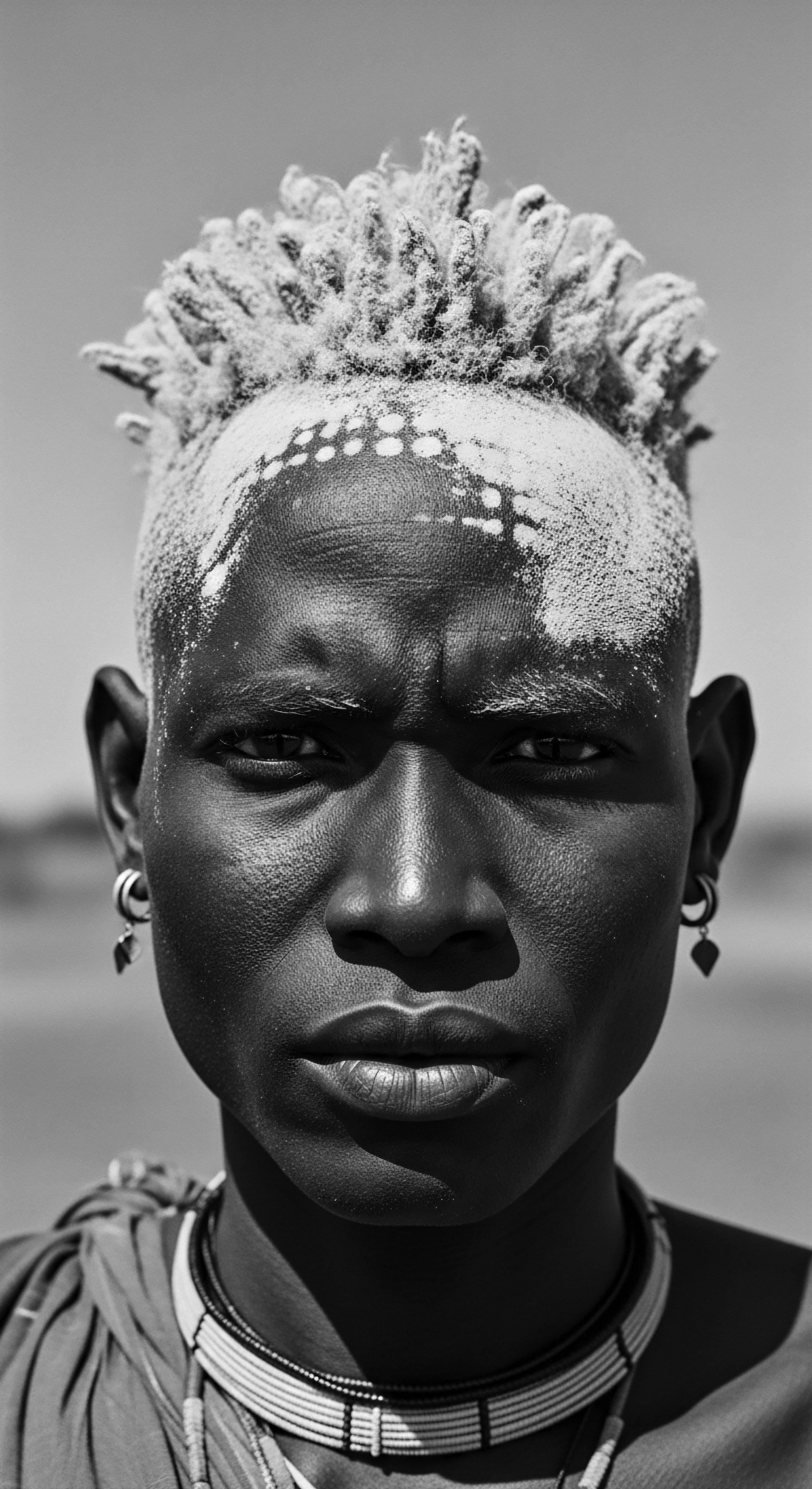
Roots
The quiet hours of night, when the world softens and dreams begin to unfurl, have always held a particular significance for textured hair. For generations, from the sun-drenched plains of ancient Africa to the forced migrations across vast oceans, the act of covering one’s hair before sleep was not merely a matter of personal comfort or vanity. It was a ritual deeply steeped in heritage, a practical necessity interwoven with cultural identity and a profound understanding of the hair strand itself. How, one might ask, did these ancestral practices of safeguarding textured hair during slumber come to be, and what deep wisdom do they carry forward into our present?
Consider the elemental biology of textured hair. Its unique helical structure, while beautiful and resilient, also renders it more susceptible to friction and moisture loss than straighter hair types. The raised cuticle layers, a characteristic of coily and kinky strands, are prone to lifting and damage when they rub against rough surfaces. This susceptibility to friction, leading to frizz, tangles, and breakage, is a consistent thread throughout the history of textured hair care.
Furthermore, the natural oils, or sebum, produced by the scalp find it more challenging to travel down the spiraled length of textured hair, contributing to its inherent dryness. These biological realities necessitated methods of preservation, particularly during the long hours of sleep.
Across various ancestral traditions, the understanding of these vulnerabilities led to the development of specific nighttime coverings. These were not arbitrary garments; they were thoughtful solutions, born from observation and passed down through oral tradition and lived experience. The materials chosen, the methods of wrapping, and the very symbolism attached to these coverings speak volumes about the ingenuity and deep connection to hair as a vital part of self and community.
Ancestral wisdom recognized the inherent vulnerabilities of textured hair, particularly during sleep, leading to the development of protective coverings.
The history of these coverings is inextricably tied to the journeys of Black and mixed-race peoples. In pre-colonial African societies, headwraps and other coverings served multiple functions, from indicating social status, wealth, and marital standing to offering protection from the elements during the day. At night, these same principles of preservation would apply, albeit often with simpler, more utilitarian fabrics or methods. The shift from day-wear to night-wear was a subtle but significant transition, marking a moment of personal care and safeguarding.
The materials employed in these early coverings were often those readily available and known for their smoothness or ability to retain moisture. While specific historical documentation on nighttime coverings can be sparse, the widespread use of headwraps for daytime protection and cultural expression strongly suggests a natural extension to sleep practices. Fabrics like finely woven cottons, softened linens, or even early forms of silk, where accessible, would have been preferred for their gentle touch against delicate strands.
The objective was clear ❉ to minimize friction and prevent the precious moisture from escaping, ensuring the hair remained supple and less prone to breakage. This foresight speaks to a deep, intuitive understanding of hair science long before modern microscopy.

Ritual
Stepping from the foundational understanding of textured hair into the realm of its care, we find that the question of historical head coverings during sleep becomes less about mere practicality and more about a lived ritual, a practice imbued with cultural memory and the enduring spirit of resilience. How did these nightly gestures evolve, and what do they whisper to us about the sustained care of textured hair through time?
The journey of head coverings for sleep protection is particularly poignant within the context of the African diaspora. As African peoples were forcibly displaced, their hair practices, often rich with spiritual and social meaning, became a quiet act of defiance and cultural preservation. Headwraps, which in Africa could signify wealth, ethnicity, or marital status, were weaponized during enslavement, used to mark enslaved Black women as lesser. Yet, in a powerful act of reclamation, these same coverings became symbols of resistance, dignity, and a way to protect and maintain hair under harsh conditions.
This duality—of imposed degradation and self-determined preservation—is a profound aspect of their heritage. Donaldson notes that in parts of Central America, Black women used the folds in their headscarves to communicate coded messages to one another that enslavers could not understand, showcasing their ingenuity and cultural resilience.
Post-slavery, and particularly with the rise of chemical relaxers in the early 20th century, headwraps and bonnets saw a resurgence, not just for cultural expression but as essential tools for hair preservation. The introduction of satin-lined headwraps and bonnets became a crucial part of nighttime routines, specifically to shield chemically treated hair from heat and humidity, and to maintain styles. This highlights a continuous adaptation of ancestral practices to new hair care realities, always with the core intention of protection.
Nighttime hair coverings, particularly bonnets and headwraps, represent a continuous thread of protective care, adapting through history to safeguard textured hair from damage and moisture loss.
The materials used for these protective coverings were chosen for their specific properties. While cotton was common due to its availability, its absorbent nature and rougher texture could strip hair of moisture and cause friction. This led to the preference for smoother fabrics, a wisdom echoed in modern hair science.
- Silk ❉ Revered for its smooth surface, silk minimizes friction, allowing hair to glide without snagging. It is also less absorbent than cotton, helping hair retain its natural moisture and oils. This property is crucial for textured hair, which is naturally prone to dryness.
- Satin ❉ A synthetic alternative to silk, satin offers similar benefits in terms of reduced friction and moisture retention, making it a widely accessible choice for hair protection.
- Linen ❉ While more absorbent than silk, fine linen, especially when softened, would have offered a smoother surface than coarser fabrics, providing some degree of protection in historical contexts.
The act of wrapping hair at night became a deeply personal ritual, a moment of tender care. It was a way to extend the life of intricate styles like braids, twists, or cornrows, saving time and effort in the morning. This practice also prevented tangles, frizz, and breakage, ensuring the hair remained healthy and manageable.
The significance of this ritual is underscored by the very structure of textured hair, where the coiled nature and raised cuticles make it particularly susceptible to damage from friction. The continuous rubbing against rough pillowcases can lead to cuticle damage, moisture loss, increased tangles, and ultimately, breakage.
Consider the historical context of European nightcaps, which emerged in the mid-1800s, primarily to keep heads warm in unheated homes. While some later versions, particularly in the Victorian and Edwardian eras, were also used to protect elaborate hairstyles, their primary purpose differed from the moisture-retaining and friction-reducing function of head coverings for textured hair. This distinction highlights the unique needs and historical adaptations within textured hair heritage.
| Head Covering Type African Headwraps (Dukus, Geles, Doeks) |
| Cultural Context / Historical Use Ancient African societies, African diaspora; served as cultural markers and symbols of resistance during enslavement. |
| Hair Protection Mechanism Minimized friction, retained moisture, preserved styles like braids and twists. |
| Head Covering Type Bonnets / Sleep Caps (Satin/Silk) |
| Cultural Context / Historical Use Evolved from European nightcaps, widely adopted by Black women for hair care. |
| Hair Protection Mechanism Reduced friction against bedding, prevented tangles, retained natural oils and moisture. |
| Head Covering Type Early Textiles (Fine Cotton, Linen) |
| Cultural Context / Historical Use Various ancient cultures, often as a precursor to more specialized coverings. |
| Hair Protection Mechanism Provided a smoother barrier than rough surfaces, offered some moisture retention. |
| Head Covering Type These coverings reflect a deep, enduring heritage of safeguarding textured hair, adapting to changing circumstances while preserving core principles of care. |
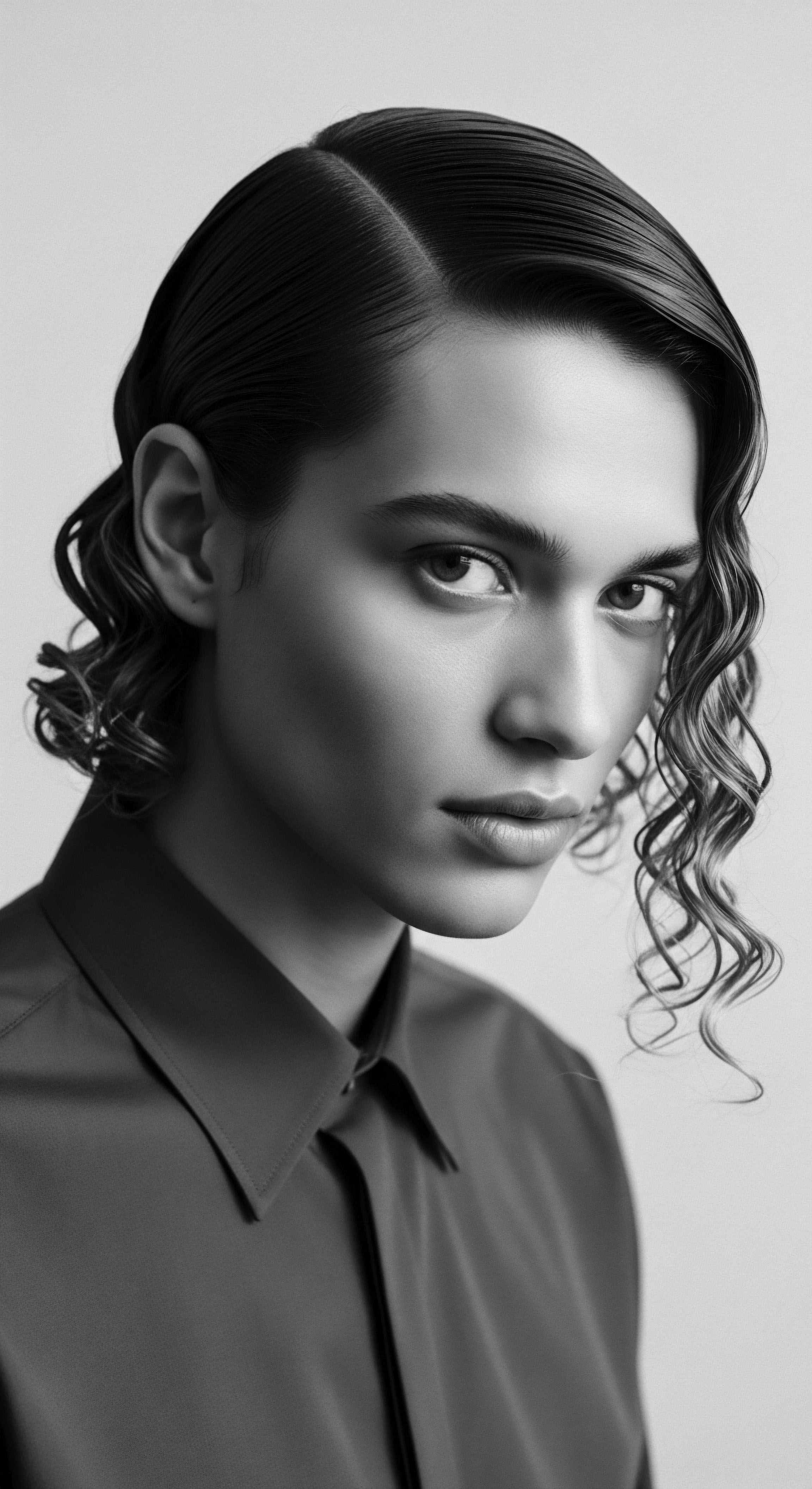
Relay
Having explored the foundational understanding and the practical rituals surrounding historical head coverings for textured hair during sleep, we now turn to a more profound question ❉ How do these ancestral practices, born of necessity and ingenuity, continue to shape our contemporary understanding of textured hair care, and what scientific insights now validate the wisdom passed down through generations? This exploration is not merely an academic exercise; it is an act of recognizing the enduring legacy of textured hair heritage.
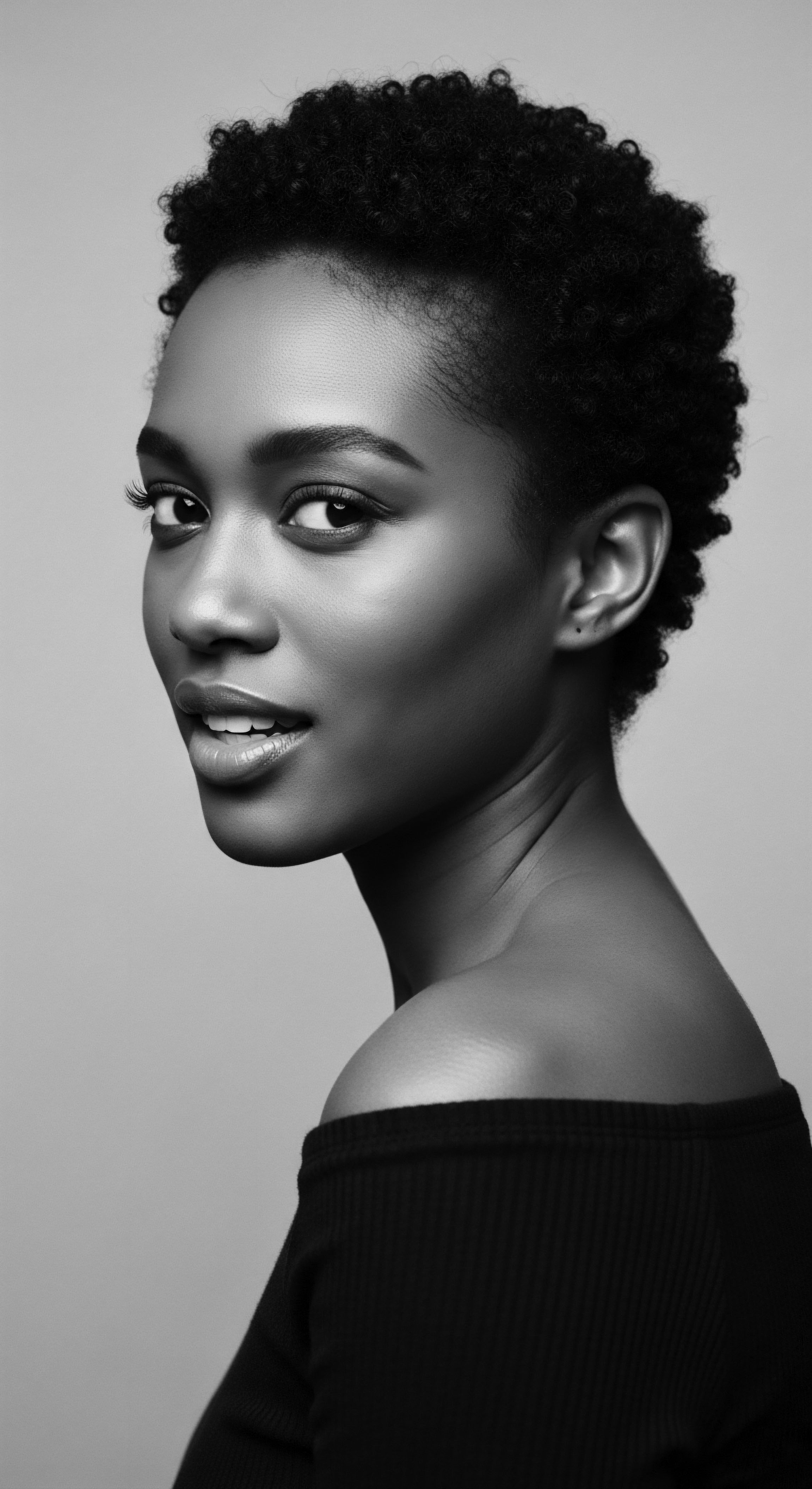
What Scientific Principles Underpin Ancestral Practices?
The core principle behind historical head coverings for sleep—minimizing friction and retaining moisture—is now thoroughly supported by modern hair science. Textured hair, particularly Afro-textured hair, possesses a unique morphology. Its elliptical cross-section and numerous twists and turns mean that the cuticle layers, which are the outermost protective scales of the hair shaft, do not lie as flat as those on straight hair. This makes textured hair more vulnerable to mechanical damage.
When textured hair rubs against rough surfaces like cotton pillowcases, these raised cuticles can lift further, leading to significant damage. This damage manifests as frizz, split ends, and breakage, hindering length retention and overall hair health.
Moreover, the natural oils produced by the scalp struggle to travel down the tightly coiled strands of textured hair, making it inherently drier. Cotton, a highly absorbent material, can further wick away this precious moisture, exacerbating dryness and brittleness. This scientific understanding directly validates the ancestral preference for smooth, less absorbent materials like silk and satin for nighttime coverings.
A study published in the Journal of Cosmetic Dermatology indicates that the smooth surface of silk can reduce hair friction by up to 43%. This reduction in friction is not merely about comfort; it is about preserving the structural integrity of the hair cuticle, thereby maintaining moisture and preventing mechanical damage.
The deliberate choice of silk or satin for bonnets and headwraps, prevalent in Black hair care for centuries, demonstrates an intuitive grasp of material science long before its formal articulation. These fabrics allow hair to glide effortlessly, minimizing snagging and tangling. This practical application of material properties to hair health speaks to a deep, experiential knowledge that has been passed down through familial and communal lines.
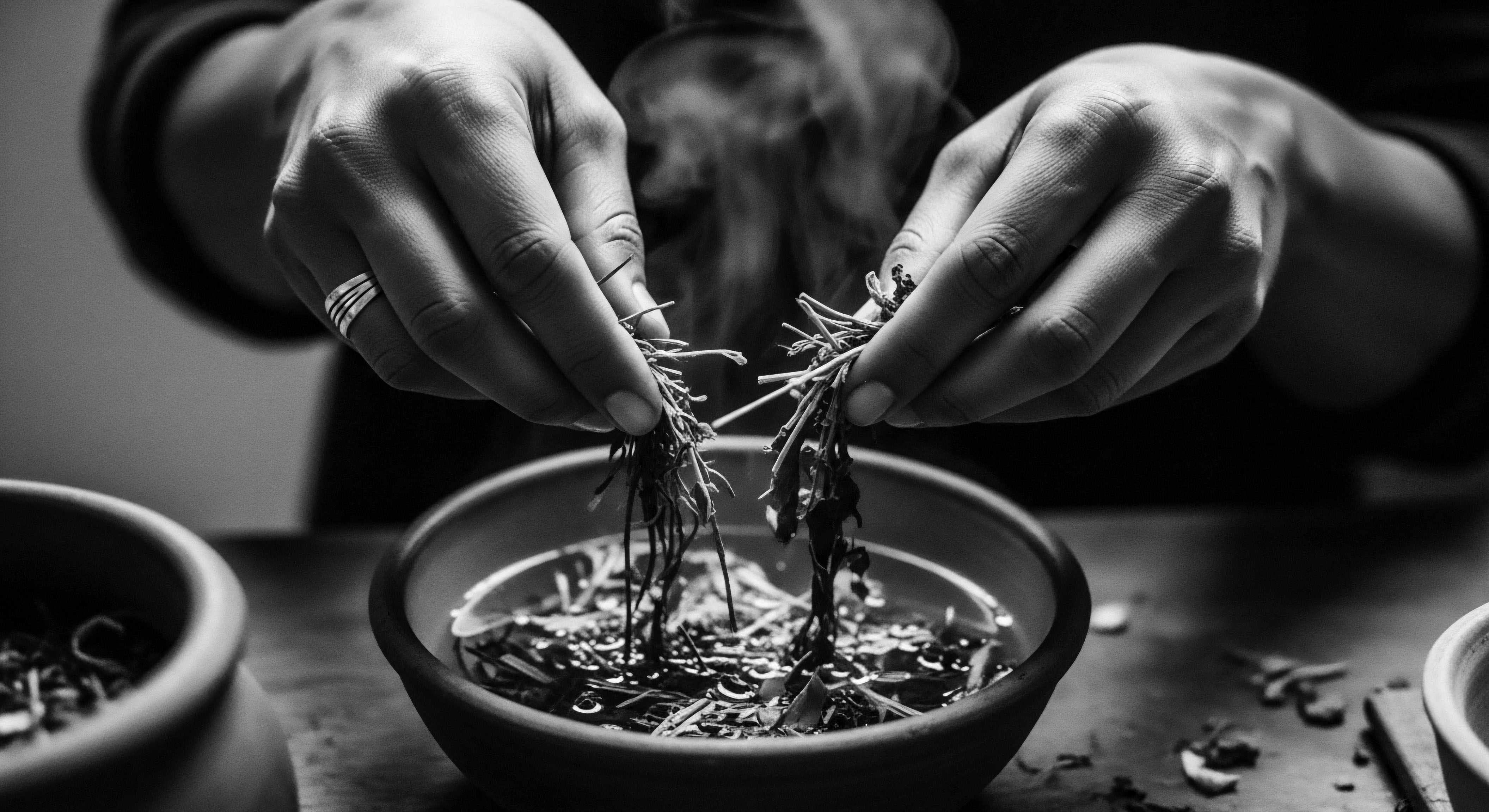
How Have Head Coverings Adapted to Modern Hair Realities?
The evolution of head coverings for sleep also reflects the changing landscape of textured hair care and styling. In the early 20th century, with the rise of chemical relaxers, the need for protective measures became even more pronounced. Relaxed hair, chemically altered and often more fragile, required diligent protection from environmental factors and nightly friction.
Satin-lined bonnets became indispensable for maintaining straightened styles, preventing frizz, and preserving the delicate balance of moisture. This adaptation highlights the continuous relevance of these historical practices in the face of new hair treatments.
The tradition extends beyond chemical treatments. For those who wear protective styles like braids, twists, or locs, a bonnet or headwrap at night is crucial for maintaining the style’s integrity, preventing frizz, and extending its longevity. The practice of “pineappling” hair—gathering it loosely at the crown and securing it with a soft tie or bonnet—is a modern iteration of this ancestral wisdom, designed to keep curls defined and prevent flattening during sleep.
Consider the case of Madame C.J. Walker, a pioneering Black entrepreneur at the turn of the 20th century. Her focus on products for Black hair, coupled with the established use of the bonnet, solidified its role as a vital tool for sustaining and protecting textured hair. This historical example powerfully illuminates how cultural practices and entrepreneurial spirit converged to address the specific needs of textured hair, laying a foundation for modern hair care regimens.
The enduring use of head coverings for textured hair, from ancestral headwraps to modern satin bonnets, is a testament to the continuous interplay of cultural heritage and scientific understanding in preserving hair health.
The widespread adoption of silk and satin pillowcases across all hair types in contemporary wellness discourse further underscores the universal validity of these long-standing practices from textured hair heritage. What was once a specific necessity for Black and mixed-race hair is now recognized for its broader benefits in reducing hair damage, frizz, and moisture loss for anyone. This cross-cultural appreciation, however, should always acknowledge the deep historical roots and the communities from which these practices emerged.
The journey of historical head coverings for sleep reveals a remarkable continuity of care, where intuitive ancestral wisdom laid the groundwork for practices now affirmed by scientific inquiry. It speaks to a heritage of resilience, adaptation, and profound self-knowledge, a legacy that continues to shape and inform the radiant future of textured hair.
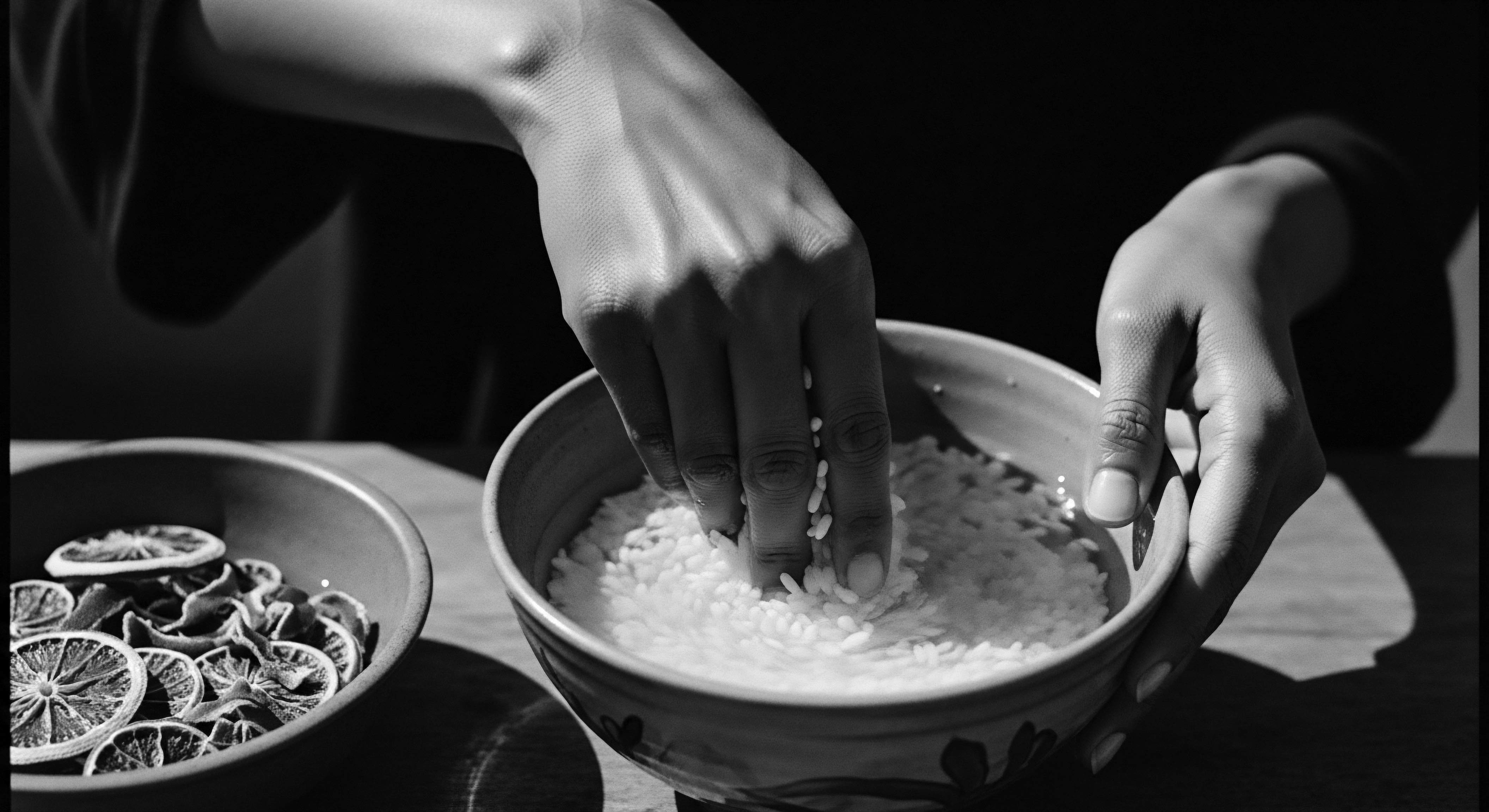
Reflection
As the quiet of night descends, the act of covering textured hair for sleep remains a resonant echo of ancestral wisdom, a tender gesture that bridges millennia. This enduring practice, from the intricately wrapped headties of ancient African royalty to the comforting embrace of a modern satin bonnet, speaks to more than just hair care; it is a profound meditation on heritage itself. Each strand, a living archive, carries the memory of countless nights protected, countless mornings greeted with coils preserved and moisture held.
It is a testament to the ingenuity and deep understanding of those who came before, who, without the benefit of modern science, instinctively knew how to nurture and defend the very essence of textured hair. The continuous lineage of this care, passed from hand to hand, generation to generation, ensures that the soul of a strand remains vibrant, resilient, and ever unbound.
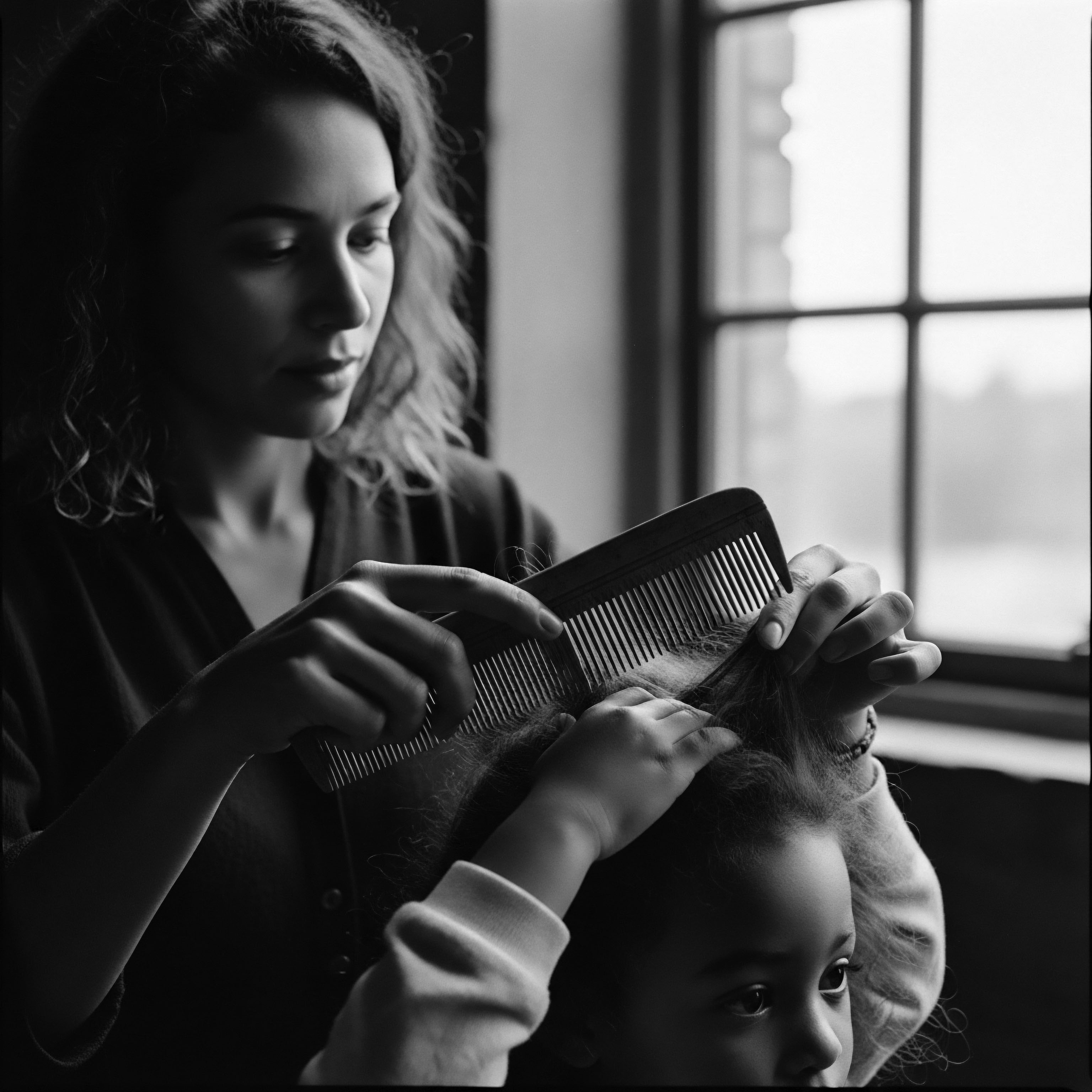
References
- Byrdie. (2022, September 27). The Significance and History of Bonnets .
- Collinge & Co. (2025, March 24). Hair damage ❉ What do I need to know? .
- Healthline. (2019, March 15). Silk or Copper Pillowcase ❉ 7 Benefits for Hair, Skin, and Sleep .
- Helix Hair Labs. (2023, March 3). The History of the Hair Bonnet .
- Hype Hair. (2023, June 26). Unveiling the History of the Hair Bonnet for Black Women .
- I Love Riccio. How not to damage curly hair at night .
- JD Institute of Fashion Technology. (2021, June 23). HEADWRAPS ❉ HISTORY AND EVOLUTION .
- Leone Culture. (2023, June 20). Exploring the Significance Of Headwraps In African Fashion And Traditions .
- Luxy® Hair. Why headwraps aren’t just a runway accessory .
- Nourished Springs. (2024, August 30). How does friction affect Afro textured hair? .
- Obé Headwear. (2024, August 5). Significance of headwraps | Hair care .
- PreacherHead Ministries. A Headwrap Revolution ❉ The History of Headwraps Unwrapped .
- Psych Central. (2022, February 21). PsychoHairapy ❉ A Ritual of Healing Through Hair .
- Quora. (2015, March 20). Why do some black people wear silk caps to bed? .
- Quora. (2022, March 13). Why do black people wear head/hair caps to bed? .
- Reddit. (2013, August 7). In cultures with no pillows or beds, how do people sleep? ❉ r/Anthropology .
- scooms. (2024, April 22). Are silk pillowcases good for hair? .
- Self Magnet. (2023, May 15). Unveiling the Beauty and Benefits of African Sleep Cap .
- Sleep Foundation. (2023, March 16). Benefits of a Silk Pillowcase .
- sonson. (2021, April 24). The History and Meaning of Headwraps and Black Culture .
- The Silk Collection. Benefits of Silk Hair Wrap for Sleeping | Silk Bonnet .
- Vertex AI Search. (2025, March 4). Historical Perspectives on Hair Care and Common Styling Practices in Black Women .
- Vertex AI Search. (2025, May 10). News – Why Head Wraps Matter in Culture and Fashion .
- Vertex AI Search. (2024, July 1). The History and Evolution of Hair Bonnets ❉ From Traditional to Modern Styles .
- Vertex AI Search. (2024, August 12). Road Test ❉ I tried silk hair wraps and pillowcases to see if they improved my hair health .
- Vertex AI Search. (2024, May 23). Sleeping with Long Hair ❉ Avoid Breakage | BNY – Better Not Younger .
- Vertex AI Search. (2024, April 16). The Long-Term Effects of Slipssy ❉ Protecting Your Hair Follicles, Pres .
- Victorian And Edwardian Hair Care. (2019, June 8). History Of The Nightcap – Victorian And Edwardian Hair Care .
- Wilderness. (2015, January 25). The history & meaning of head wraps across Africa .
- Wikipedia. Nightcap (garment) .
- Women’s Health. (2018, February 2). ‘I Slept On A Silk Pillowcase For 2 Weeks—Here’s What Happened’ .
- YorkSpace. (2021, October 20). Braided Archives ❉ Black hair as a site of diasporic transindividuation Océane Nyela A Thesis Submitted to the Faculty of Gradua .
- YouTube. (2024, June 1). Sweet Dreams ❉ a History of the Nightcap .
